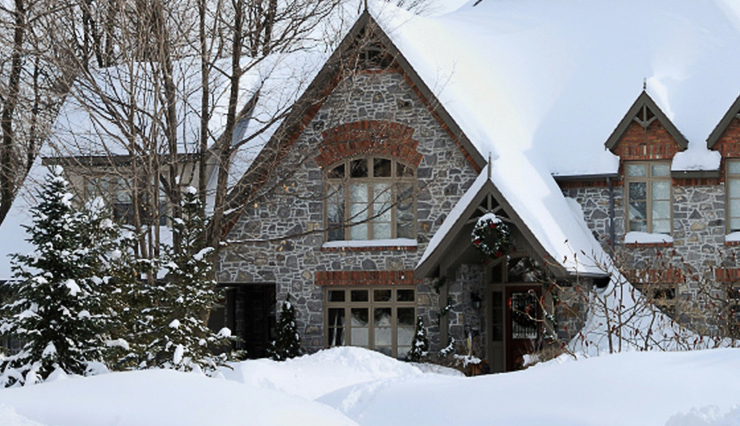Protect Your Investment: Winterize Your Drip Irrigation System

If you haven’t already thought about winterizing, now is the time to cross this off your “to-do” list. The first frost prediction of the year is always a good reminder to get the irrigation system put to bed. It’s basically a three-step process that protects your system components and helps ensure their longevity.
1. Drain the Timer & Head Assembly
Turn off the main water supply for the irrigation system. Remove the timer and head assembly (backflow preventer, filter and pressure regulator) from the water source. Drain and store these components indoors. Don’t forget to remove the batteries from the timer. If you have a dedicated storage box, you can keep all these system parts together and locate them easily in the spring.
2. Drain Tubing Lines
Open end caps on drip lines so that water can drain out. We recommend that you walk your mainlines and lift lines and fittings at low spots. This will help in removing any excess water and aid in drainage out the open ends. Tubing can survive some freezing, but fittings will crack if standing water freezes inside them.
3. Replace End Caps After Draining Tubing
Once you are sure that all excess water has been removed from your mainlines, you can replace the caps. We also recommend that you cap off or plug the threaded end of the female swivel adapter (at the place where the head assembly was removed). Doing this will keep bugs from entering your system throughout the winter.
For Those with Valve/Manifold Systems
Steps 2 and 3 will be the same, but you will need to run the timer/controller through its normal watering cycle after the main water supply is turned off. This allows each valve to open and relieves water pressure on the main line and valves. Once the controller has run through its cycles, set it to the “off” position. Manually open all valves to reduce the chance of standing water freezing and cracking your manifold components.
Using an Air Compressor to Clear Lines
Some of our customers also like to use an air compressor. Air pressure and water pressure are very different. Wear protective gear and keep the air pressure regulator set as low as possible to get the job done, as pressures above 30 PSI can cause harm to skin and eyes. We recommend that you always have the ends of the line open and always protect your hands if using as a coupler between the poly tubing and the nozzle of the air compressor. By following these simple rules, it will help to ensure that you do not damage your system with too much air pressure.
Final Notes
Those using fertilizer injectors outdoors will want to drain them and store them away as well. That takes care of your most valuable system parts that are not designed for freezing weather. Now you can enjoy the crisp days and nights of fall and winter, having checked “winterize the drip system” off your list of things to do. We assure you, that was time well spent!